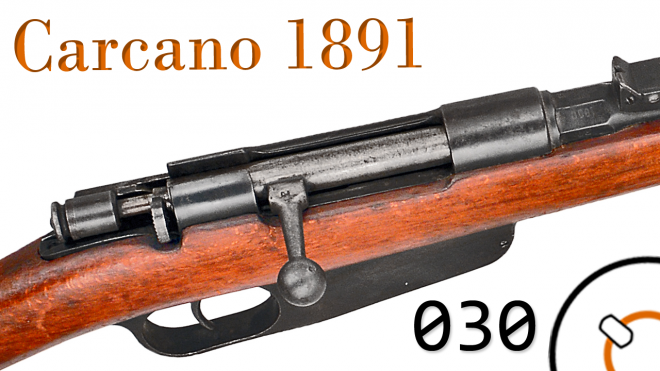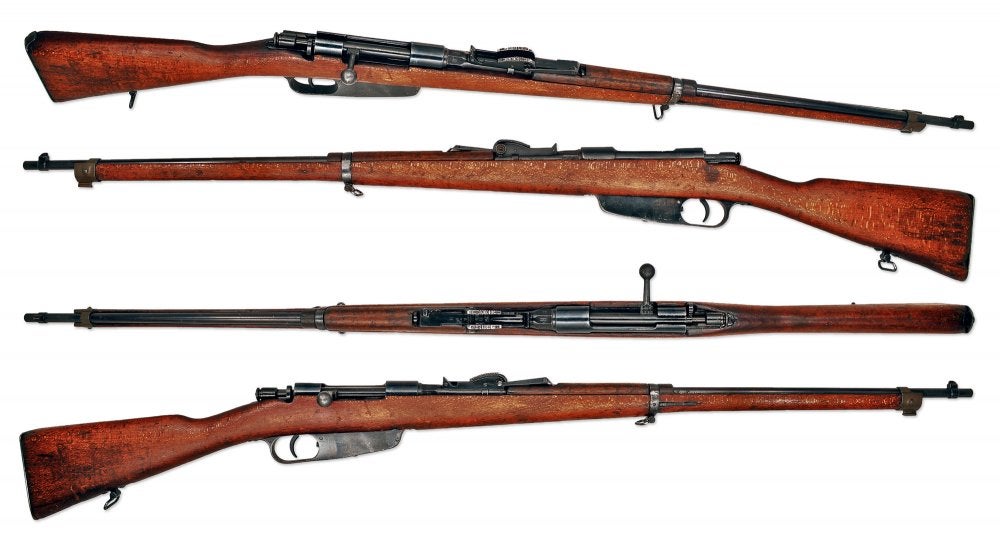These days, it’s easy to forget that once upon a time at the dawn of the smokeless powder era there was a huge variety of bolt-action repeating rifles being developed to re-arm the military powers of the world. While the Mauser 98 and its progeny eventually took the world by storm, in the early days of repeating bolt actions rifles like the Krag–Jørgensen, Mannlicher, and Belgian Mauser competed on the world stage for contracts.
Italy, though, would go their own way with a home-grown design, commonly called the “Carcano” after Salvatore Carcano who apocryphally was responsible for its design. We at TFB are big fans of the YouTube channel C&Rsenal (and you should be, too!), who just released an extensive video on the first model of this family of rifles, the Model of 1891:
The Carcano has received an interesting reputation on the American surplus market, both for being a “low quality” bolt action and for the infamous assassination of John F. Kennedy by Lee Harvey Oswald who used a later rifle based on the same action. In their original context, though, the Carcanos were reasonably simple, fairly well-engineered guns that served Italy very well for decades, and which introduced the 6.5mm high velocity caliber to the world. Given the choice between a Carcano-action rifle and an M98 Mauser, I would of course choose the latter every time, but as a military arm designed for economical mass production, the Italian rifle has several virtues.
 Your Privacy Choices
Your Privacy Choices

